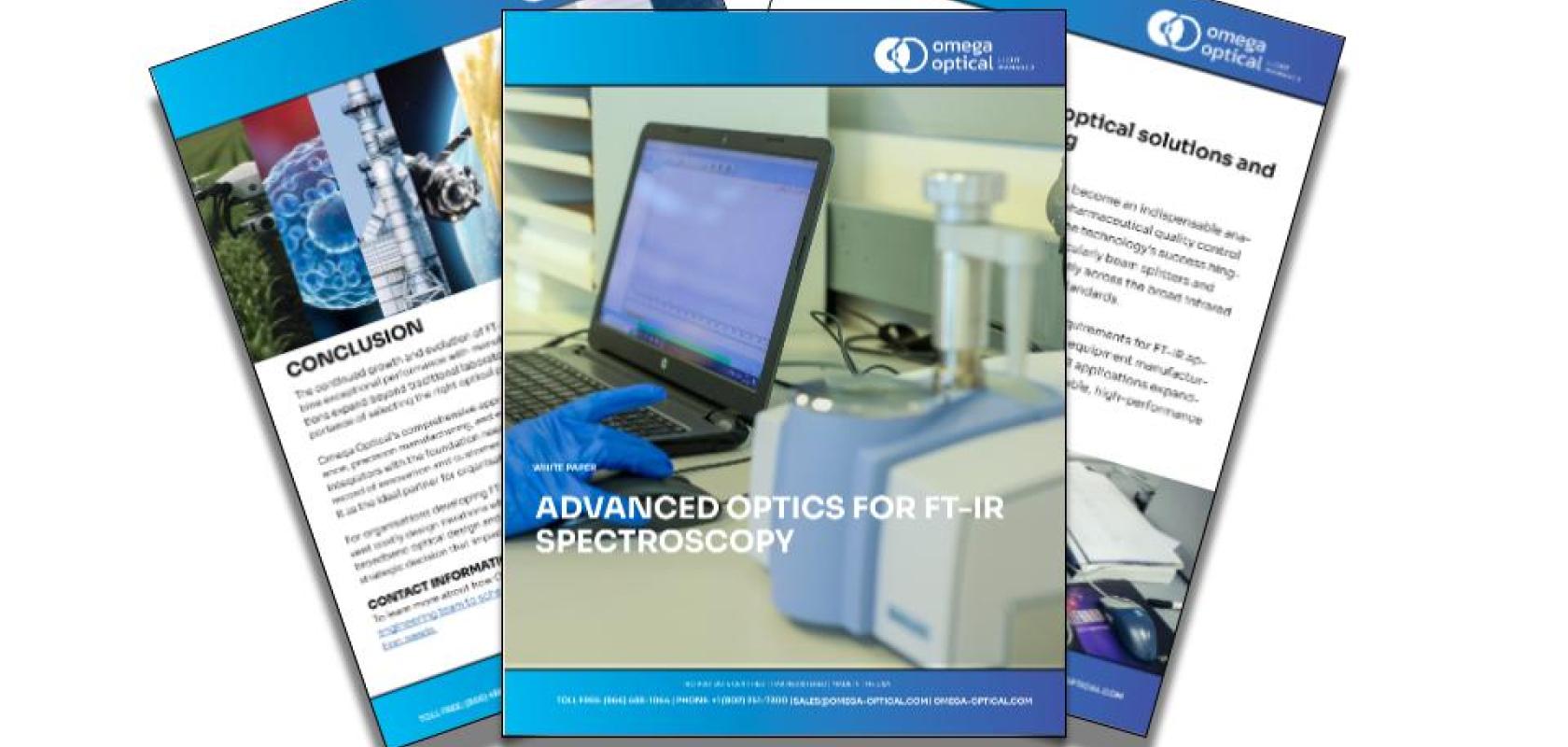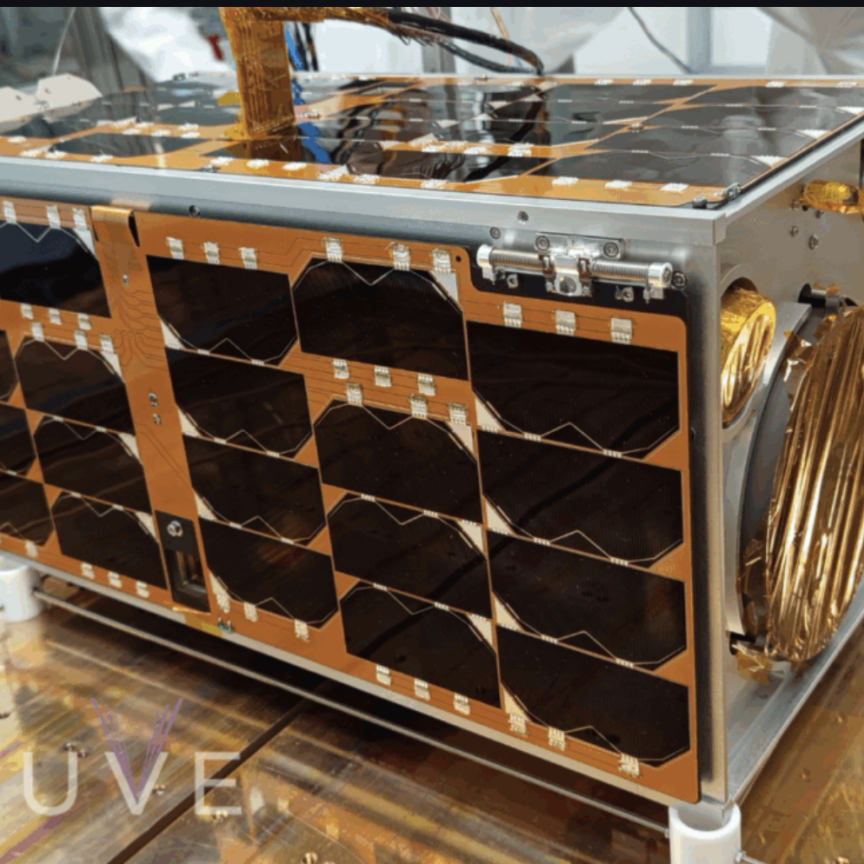Advanced optics for FT-IR spectroscopy

Advanced optics for FT-IR spectroscopy - An Omega Optical White Paper
Fourier Transform Infrared (FT-IR) spectroscopy has become indispensable across pharmaceutical quality control, forensic analysis, environmental monitoring, and emerging point-of-use applications. From analysing compounds to monitoring field samples, FT-IR technology identifies unique infrared absorption fingerprints with remarkable precision.
The technology's success hinges on precisely engineered optical components, particularly beam splitters and their coatings, that must operate effectively across the broad infrared spectrum. As FT-IR applications expand into harsh environments and new markets, optical reliability has never been more critical.
The challenges facing FT-IR manufacturers
FT-IR systems demand optical components capable of operating across an exceptionally broad infrared spectrum, often extending beyond 25 microns. Even minor deviations from optimal beam splitting ratios dramatically impact system efficiency, whilst environmental factors present additional complexity.
Salt optics like potassium bromide are hygroscopic and susceptible to humidity degradation. Working with these soft materials introduces manufacturing challenges where improper mounting can cause stress and optical distortion. For OEMs and system integrators, selecting the right optical partner becomes a strategic decision affecting long-term product success.
What this White Paper delivers
This White Paper provides comprehensive technical guidance on optical solutions and sub-assembly manufacturing for demanding FT-IR applications.
Inside, you'll discover:
- Critical performance parameters: understanding R×T calculations and how beam splitting efficiency fundamentally determines system performance
- Material selection strategies: choosing between potassium bromide, zinc selenide, calcium fluoride, and alternative substrates based on environmental requirements and spectral coverage
- Advanced coating technologies: how e-beam evaporation and multi-layer designs optimise broadband performance whilst providing environmental protection
- Sub-assembly manufacturing: the importance of precisely matched beam splitter and compensator pairs for maintaining interferometric performance
- Quality control approaches: validation methods that ensure component performance in actual customer instruments
- The open-source FT-IR movement: how accessible, modular systems are democratising spectroscopy and what this means for optical component requirements
Who should read this White Paper?
This White Paper is essential reading for OEM engineers, product managers, R&D scientists, and system integrators developing or specifying FT-IR instrumentation for laboratory, industrial, or field applications.
Why you should read it
Gain the technical knowledge to make informed decisions about optical component selection, understand the relationship between substrate materials and environmental durability, and evaluate manufacturing capabilities that impact long-term product reliability and performance.

